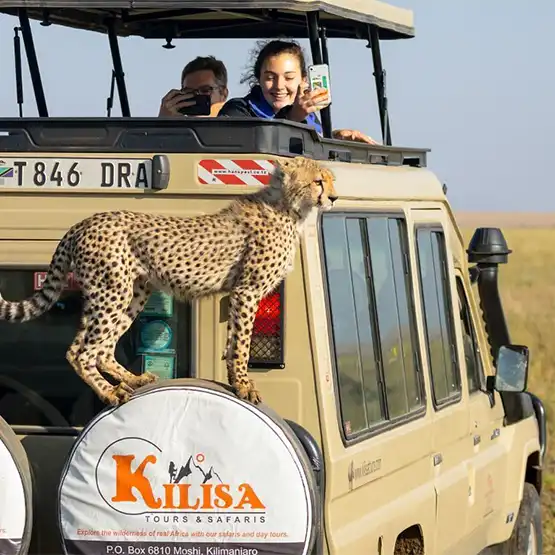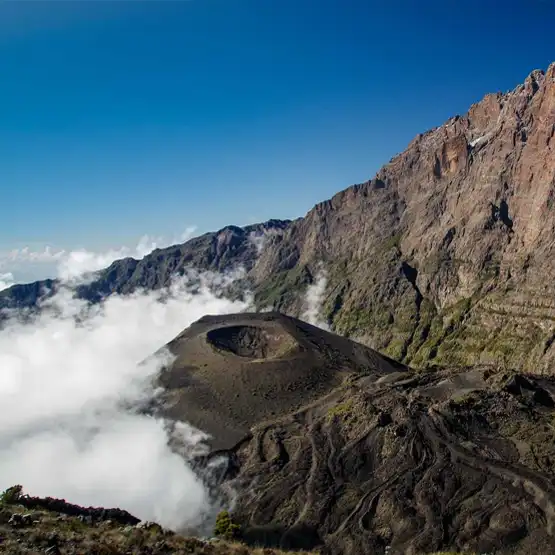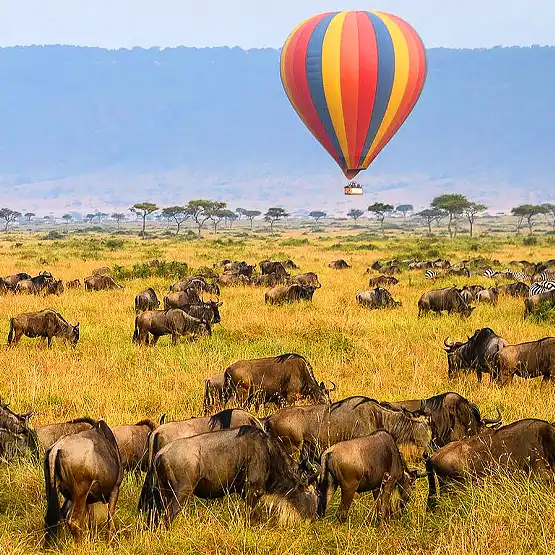Kilimanjaro is the tallest freestanding mountain of Africa with an altitude of 19, 341ft and also known as the “roof of Africa”. Covered by snow on its top, this majestic mountain examines the stamina and fitness of new as well as experienced hikers by offering the altitude sickness every year.
While going for Mount Kilimanjaro Climbing above 2100m altitude, you will feel the effect of high altitude on your body. If you are planning for a successful summit on Mt. Kilimanjaro, then Kilimanjaro Health and Safety on high altitude should be your top priority.
Here is some brief explanation on altitude sickness you should consider in this Climb Kilimanjaro Guide.
What Is Altitude Sickness?

Kilimanjaro Altitude sickness is a negative effect in health on high altitude and can become Acute Mountain Sickness (AMS), which is a severe form of Kilimanjaro Altitude Sickness. As you go higher, the atmospheric pressure decreases which results into altitude sickness. When you climb higher up the mountain the percentage of oxygen remains the same while the number of oxygen molecules per breath decreases. There are roughly 40% fewer oxygen molecules per breath at 12,000 feet (3,600 m) on Kilimanjaro.
So, the body finds it hard to adapt and function as normal with less oxygen. When body fails to adapt quickly enough these lower levels of oxygen, it causes altitude sickness. There is no relation of age, sex or physical fitness with the altitude sickness.
As per the report, about 75% of climbers experience little or less of altitude sickness over 3000 meters when Mount Kilimanjaro Climbing . So, it’s OK if you feel altitude sickness on Mount Kilimanjaro. Though climbing Kilimanjaro is easy hike, hiking too quickly to the high increases chances of being sufferer of altitude sickness.
How To Minimize Chances Of Kilimanjaro Altitude Sickness

For a successful and enjoyable Climb Kilimanjaro, it need well preparation which include physical fitness, choosing the most suitable Kilimanjaro Routes, right trekking gear and other precautions. But that doesn’t mean you will not be affected by altitude sickness. It’s wrong to think that anyone can avoid altitude sickness by being physically fit, as they are not directly linked to each other. The physical fitness can manage the pressures of regular hiking and make your body more bearable in altitude sickness.
What Are The Symptoms Of High Altitude Sickness?

Most of the Kilimanjaro Altitude Sickness symptoms are very normal. The symptoms of altitude sickness appear few times after climbing higher altitudes. In the symptoms of altitude sickness, you will experience like a bad hangover and can be worse at night as the respiratory function decreases.
The symptoms you will face when Climbing Mount Kilimanjaro are headaches, nausea, fatigue, sleep disturbance, irritability, muscle aches, dizziness, breathlessness, loss of appetite, and possibly palpitations.
The symptoms of altitude sickness start from 12 to 24 hours after your arrival on high altitude. The rate of acclimatization varies person to person.
What Are The Best Acclimatization Procedures?

Your body can adapt to the less oxygen if you give enough time to the body at a specific high altitude. This process is known as acclimatization which takes one to three days at any given altitude.
So, the perfect itinerary according to the different Kilimanjaro Routes is so essential. Though most of the Kilimanjaro routes offer a good acclimatization profile, the effects of the high altitude can’t be avoided. Kilisa Tour has the following procedures in place to make sure you reach the summit safely:
Climb High Sleep Low

Climb high sleep low means you will climb up to a higher altitude during the day and will sleep at a lower altitude at night. This procedure can be achieved through well-planned itineraries. These itineraries should include afternoon hikes to a higher level (climbing high) before descending down to the camp (sleeping low). Some longer routes like Lemosho Route, Northern Circuit Route and Machame Route offers the best climb high, sleep low opportunity.
Drink Lots Of Water

Breathing heavily and quickly decreases your water level in your body. Fluid intake improves blood circulation and other bodily functions. You can check your urine to make sure you are drinking enough when Climbing Mount Kilimanjaro. So, we recommend a daily fluid intake of 4-5 litres. Avoid consuming alcohol on your climb.
Climb Slowly
Climbing Kilimanjaro is neither a marathon nor a sprint. When climbing Kilimanjaro, you will hear your guides use the phrase “pole, pole” which means “slowly, slowly” in Swahili. On your way to the top, you should hike about 4 to 7 hours per day and around 10 to 14 hours on summit day.
Choose A Qualified Tour Operator

When prioritizing about the safety on Kilimanjaro, you should choose the right and qualified Kilimanjaro tour operator. A little negligence on choosing Kilimanjaro Tour Operator can make or break a safe and enjoyable climb.
For a smooth hiking and for a successful summit, you should give time for searching and gathering information from the internet and the given reviews on trip advisors. Call or enquire them, if you have any doubt or to know the details about the route. Choose a qualified tour operator who has decades of experience and practical knowledge about trekking and altitude.
At Kilisa Tours and Safaris, we prioritize your safety and safety when Climbing Mount Kilimanjaro.
Experienced Guides

Having an experienced and knowledgeable guide should be at the top of your list for climbing Kilimanjaro. Your Climb Kilimanjaro Guide should have enough experience on quick response in preventing, detecting, and treating altitude sickness.
Choose The Right Equipment
For the safety on Kilimanjaro, there are necessary and quality equipment you should consider about. These are a medical kit, emergency oxygen, a stretcher and a pulse oximeter. A pulse oximeter measures the oxygen level in your blood which reveals acclimatization profile.
Other Right Equipment’s For Climbing Kilimanjaro

The clothing gear for trekking are, Hats & Caps, ski jacket and fleece jacket , Sunglasses, Shirts & Base Layers, Soft Shell & Down Jackets, Hard Shell & Waterproof Jackets, Gloves, Ski trousers, rain trousers, and fleece trousers, and sport shoes.
The trekking gears are Gaiters, Socks & Sock Liners, Shoes, hiking boots, Micro spikes, Trekking Poles, headlamps, Duffle Bags, Ski Goggles, hand warmers, hydration pack, Sleeping Bags, fabric bags (avoid use of plastic), etc.
Is It Safe To Climb Kilimanjaro?

Absolutely, it is safe to climb Kilimanjaro, if you have well prepared both physically and mentally. Kilimanjaro preparation should include choosing the right Climb Kilimanjaro Guide, suitable route, the Best Time To Climb Kilimanjaro and preparations to tackle the tough situation on Kilimanjaro.
One thing that stands between you and your goal, the summit at Uhuru peak is Kilimanjaro Altitude Sickness. Take necessary equipments to resist against adverse climate and bitter cold during the trekking. Take enough time to acclimatize during the Climbing Kilimanjaro.
For your successful summit, start hiking with Kilisa Tours & Safaris, one of the best Kilimanjaro Trekking Operator with experienced and learned guides.
To know more visit us @ kilisatours.com




